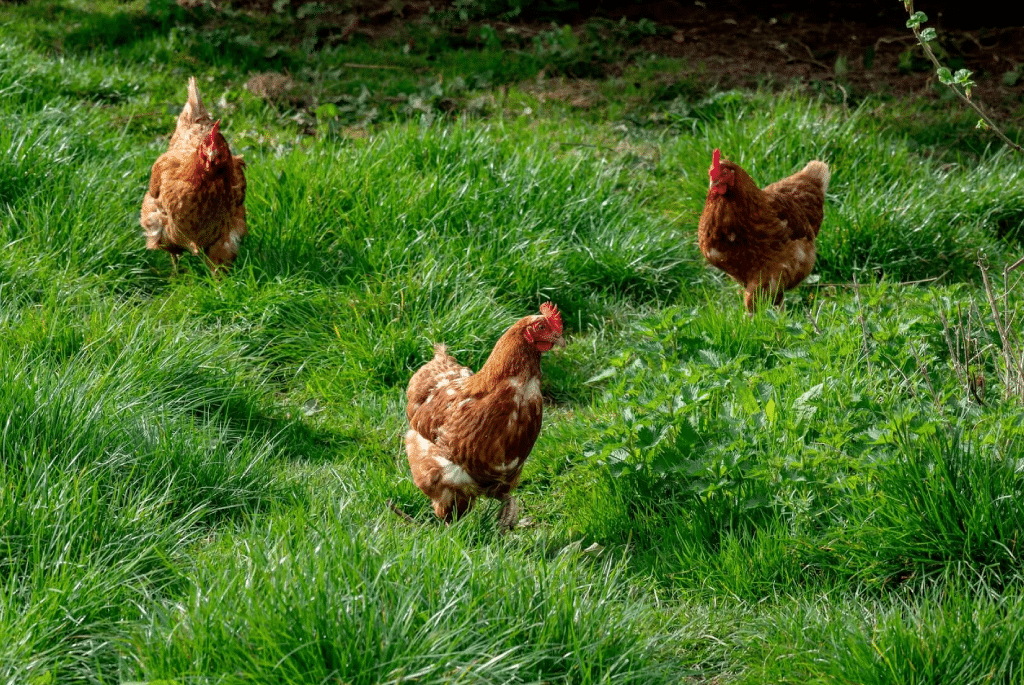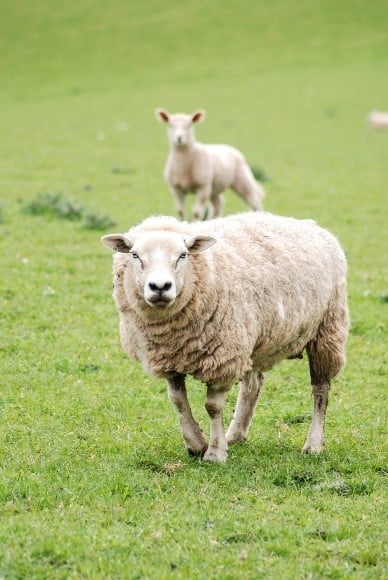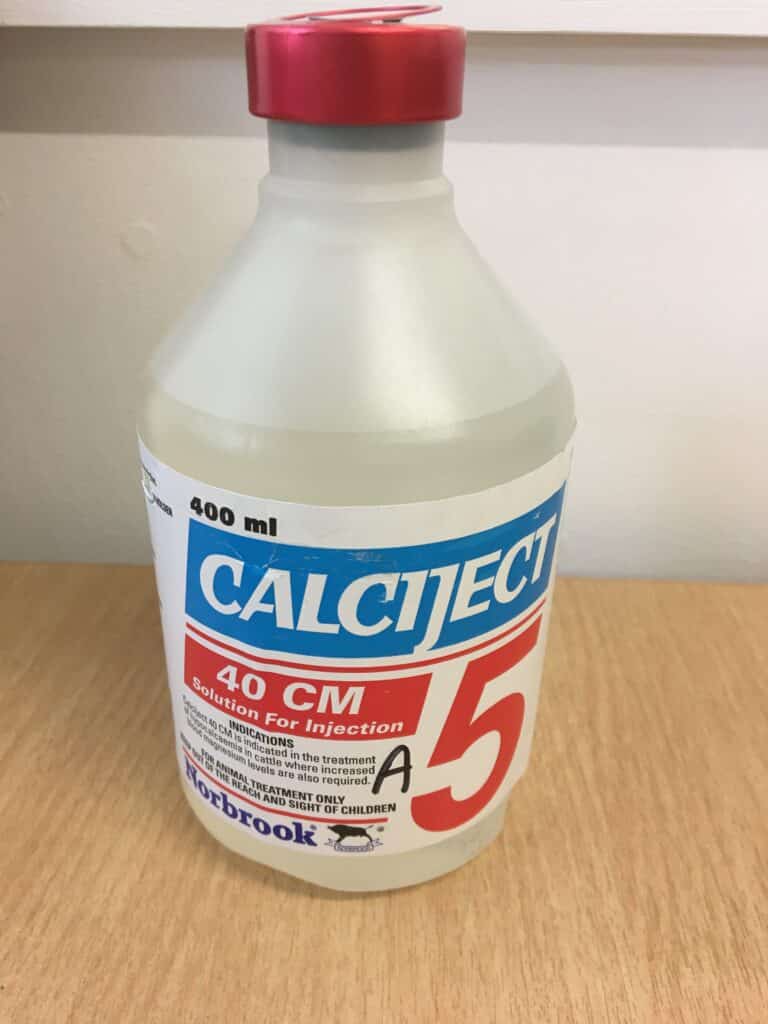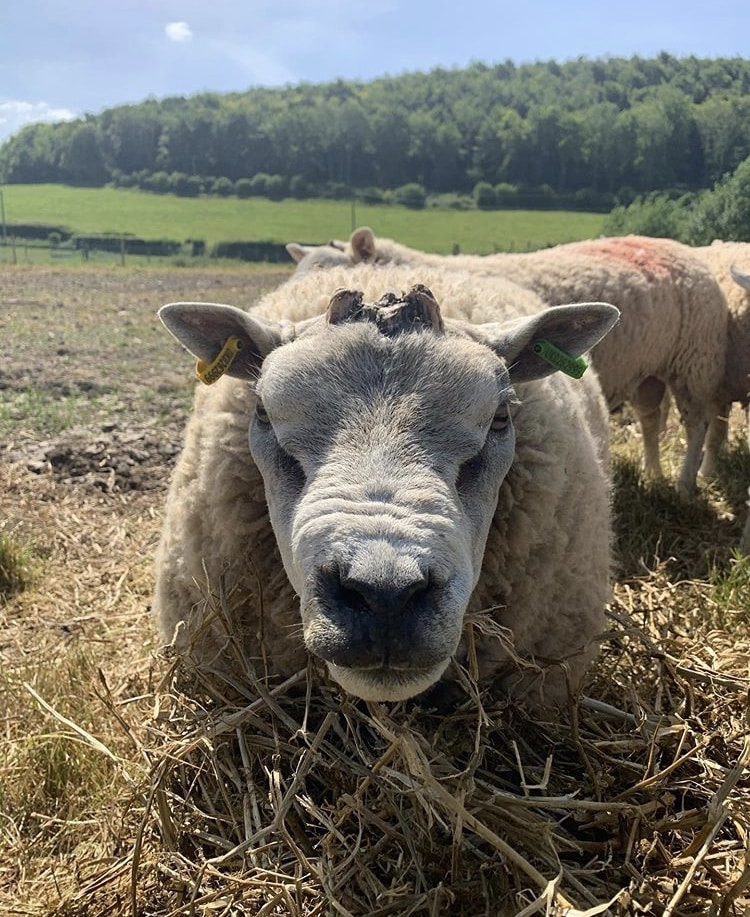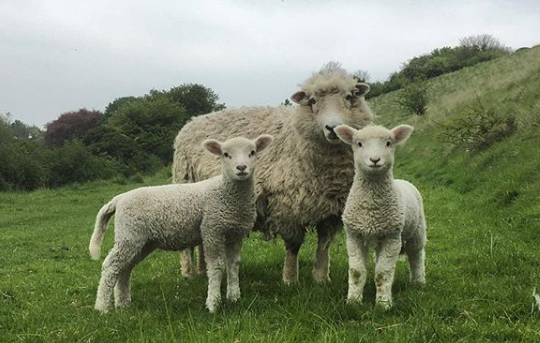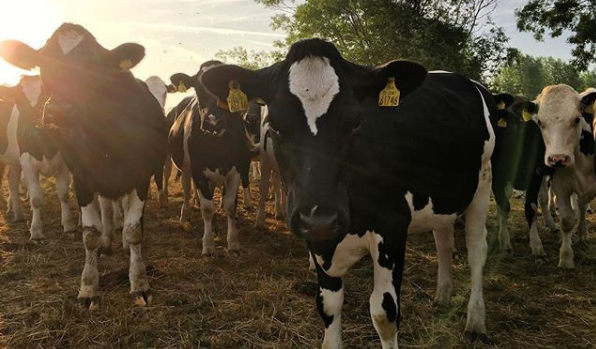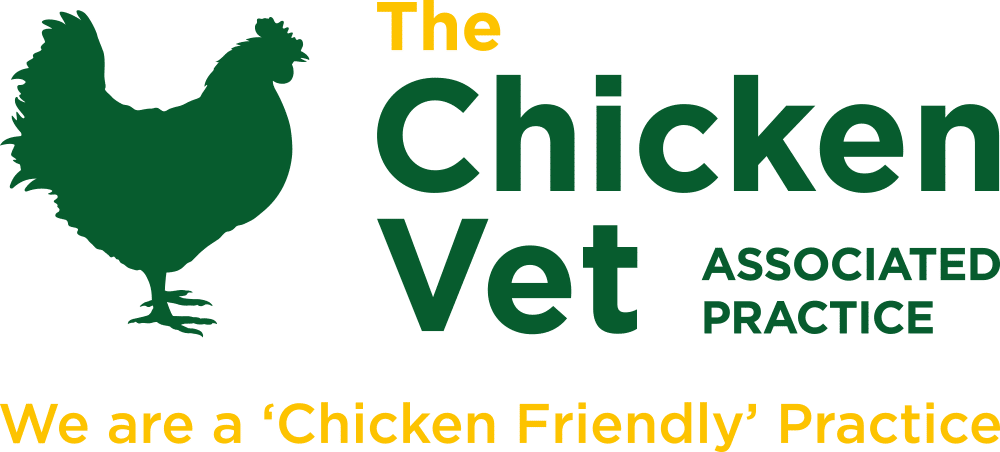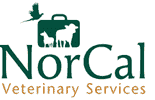Blog
DEFRA Animal Health and Welfare Review Launched
We have performed one successful trial visit for a farmer as part of the pilot scheme and have now received notification that the AHWR is finally open to all eligible farmers. This a funded annual farm visit, and initially only BPS (Basic Payment Scheme) eligible farmers will be able to register. To be eligible for […]
Oxfordshire Bovine TB Cluster Project
Thame-Chinnor Steering group Oxfordshire has one of the highest incidences of Bovine TB in the whole of England. The Animal and Plant Health Agency (APHA) and the Department for Environment, Food and Rural Affairs (Defra) have been working with local farmers and vets to set up a project in two areas – in the north-west of the […]
Avian Influenza (bird flu)
A combination of favourable conditions and high numbers of migrating birds mean that we are yet again seeing cases of avian influenza (AI) in the UK. New rules come into force on the 14th December 2020 which require all poultry keepers, whether you have just a few birds or thousands, to keep birds indoors or […]
Contagious Ovine Digital Dermatitis (CODD)
CODD is an infectious cause of lameness in sheep that is becoming more and more common in the UK. It is caused by Treponemes, the same type of bacteria that cause digital dermatitis in cattle. Outbreaks, especially in naive flocks, can affect up to 50% of the flock and have a significant effect on lamb […]
Neospora
Neospora caninum is a parasite that infects cows, causing abortion and stillbirths. It is the most commonly diagnosed infectious cause of abortion in cattle. Neospora can cause abortion from three months of pregnancy onwards but typically we see cows aborting around 6-7 months gestation. Cows become infected with Neospora by coming into contact with the […]
Managing Calcium at Calving Time
You might think you don’t have a problem with low calcium in calving cows – and you might be right! But just because you aren’t seeing classic cases of milk fever, it doesn’t mean that you don’t have a calcium issue. At this time of year we see a lot of signs of ‘sub-clinical’ milk […]
Red Mite in Poultry
Red mite is a common disease of both commercial and backyard chickens and turkeys. The mites live in crevices and corners of poultry houses, emerging at night to feed on the birds. This means they can be hard to detect, especially when numbers are low. However, red mites can cause feather pecking, loss of body […]
Get Prepared For Tupping Time
Tupping time may still feel like months away, but there are some important things to consider in advance: Ram power – have you got enough rams, and equally importantly are they fertile? It is important to set realistic expectations of how much ram power you need. As a general rule, 1 ram per 40 ewes […]
Weaning Lambs
The exact time of weaning will be different for each flock. Factors to consider when deciding when to wean include Ewe body condition score (BCS) – you should aim to wean ewes at a BCS of 2.5. If the BCS is lower than this, weaning early (~10 weeks post lambing) can give the ewes more […]
Flies, flies, flies
The sun’s out, and so are the flies! Far from just being a nuisance, flies can have a surprisingly large impact on growth, production and welfare. Research suggests flies can cause a decrease in cattle growth rates of up to 0.3kg/day, and a reduction in milk yield of up to 0.5l/day. In addition, flies also […]

